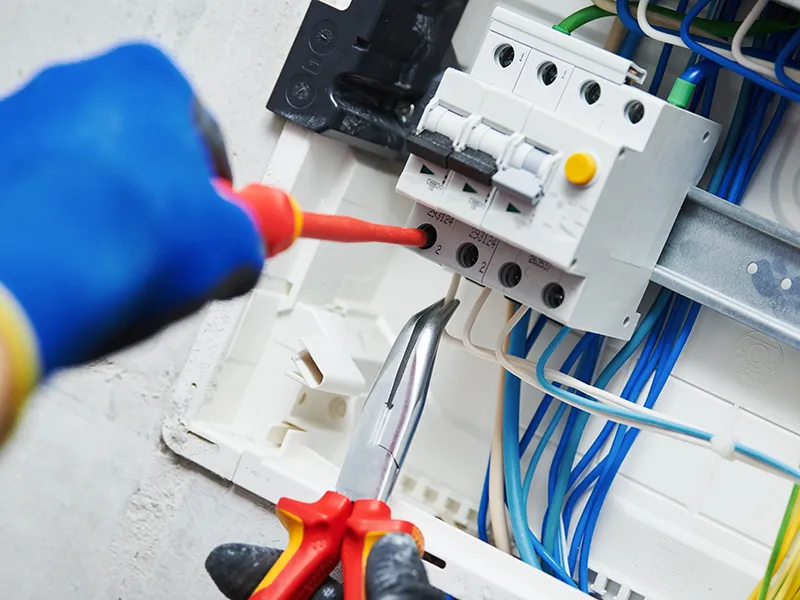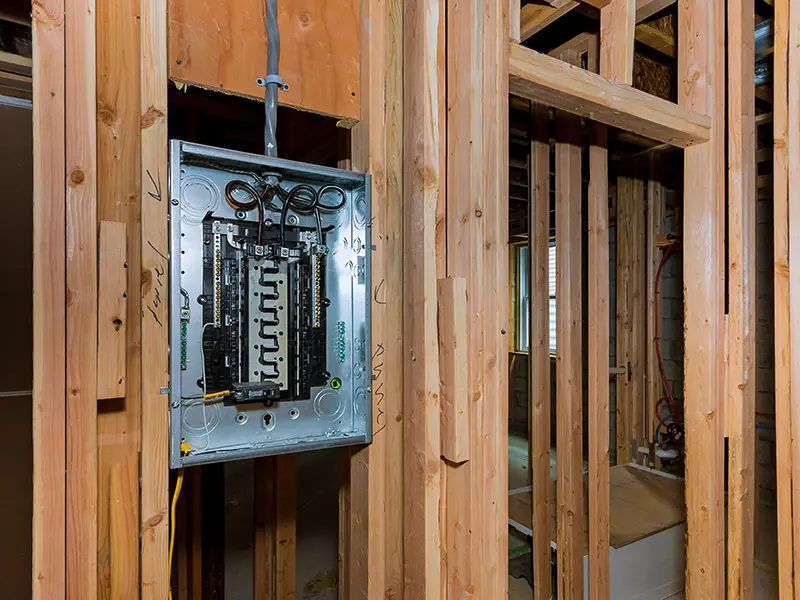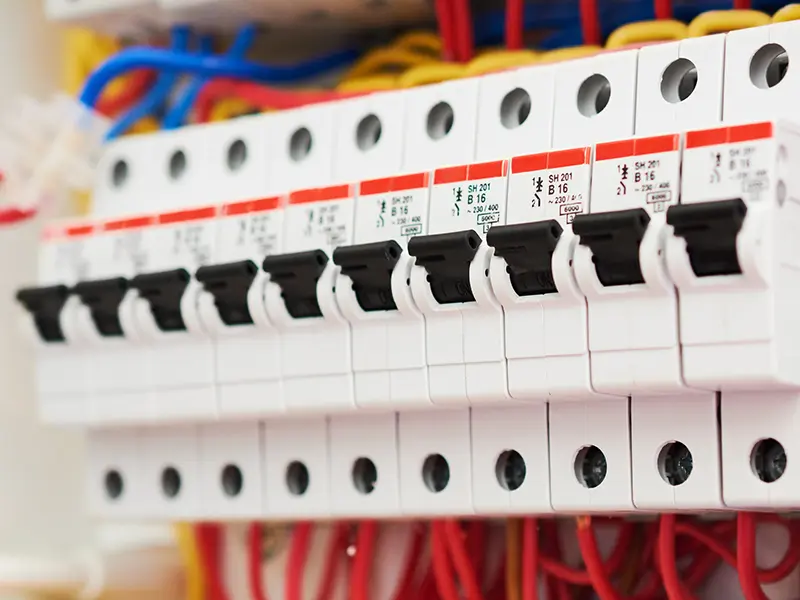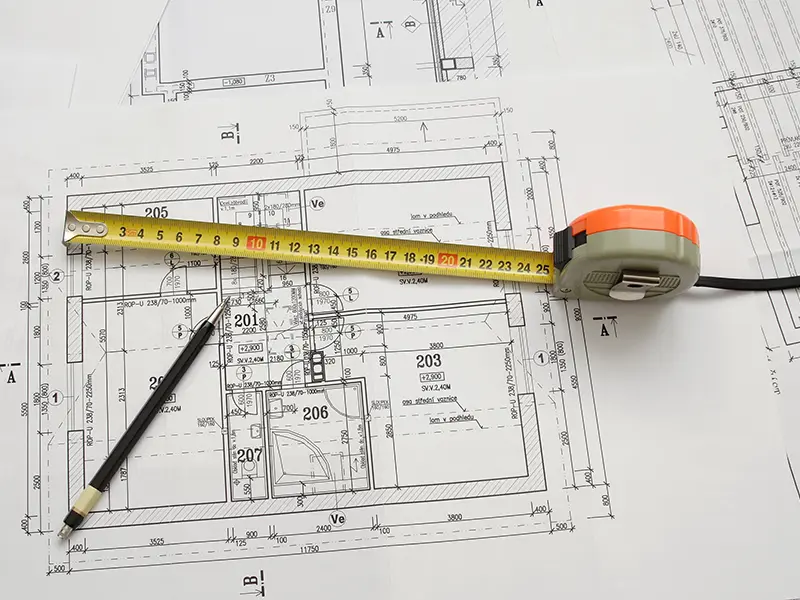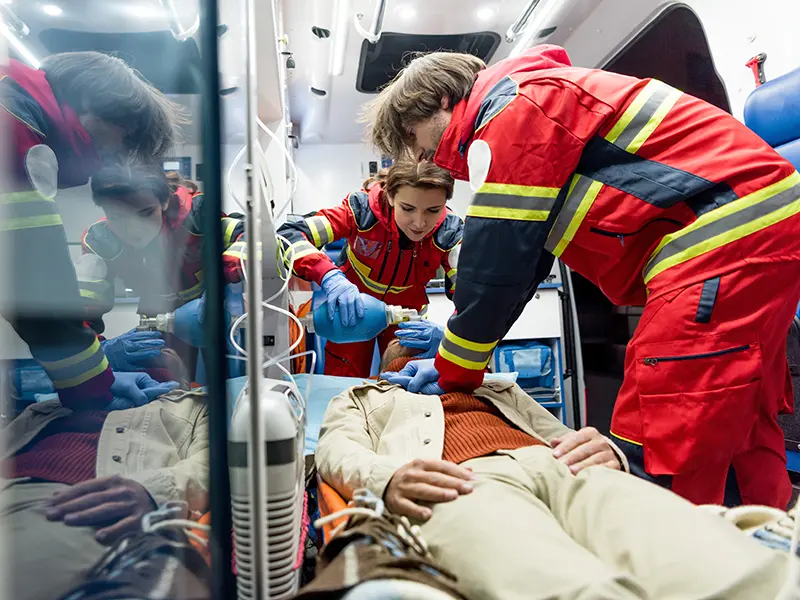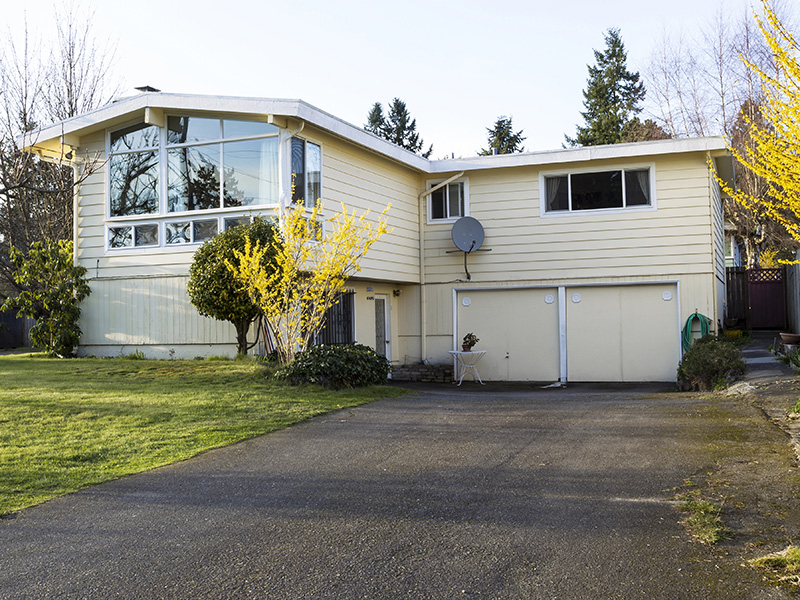safety
Upgrading Your Electrical Panel is a Smart Investment
In today’s tech-driven world, homes are consuming more electricity than ever before.
Read MoreHow to Prepare Your Home’s Electrical System for a Remodel
Planning a home remodel? Don’t overlook the electrical system—it’s the backbone of modern comfort and convenience. Whether you’re upgrading a kitchen, adding a room, or finishing a basement, it’s crucial to factor in your current electrical capacity and future needs. Start by consulting a licensed electrician early in the planning process. They can assess your…
Read MoreCommon Electrical Problems at Home (and How to Spot Them)
Electrical issues in your home can be more than just an inconvenience; they can pose serious safety risks if left unaddressed.
Read MoreStaying Up-To-Date With The Latest Electrical Codes
Staying up-to-date with the latest electrical codes and regulations is not just about compliance—it’s about safety, efficiency, and delivering the highest quality service to our customers.
Read MoreElectrical Codes are Continually Updated to Ensure Safety
Electrical codes are continually updated to ensure the safety, efficiency, and adaptability of electrical systems in an ever-changing technological landscape. As technology advances, new devices and appliances emerge that demand different power capacities, configurations, and protections. To address these developments, electrical codes are revised to incorporate best practices and ensure that installations meet the safety…
Read MoreElectrical Accidents
Electrical accidents can happen in an instant and often result in severe consequences if not handled properly.
Read MoreDon’t Do It Yourself: Home Electrical Safety
When it comes to home improvement projects, the allure of tackling tasks on your own can be tempting.
Read MoreThe Crucial Need for Electrical Upgrades in Vintage Homes
In the charm and character of an older home lies a hidden element that often goes overlooked until issues arise – the electrical system.
Read MorePowering the Future
The future of electricity is a dynamic and evolving landscape, shaped by technological advancements, environmental considerations, and shifting consumer demands. As we move towards a more sustainable and interconnected world, the way we generate, transmit, and consume electricity is undergoing a profound transformation. At the forefront of this transformation is the rapid growth of renewable…
Read MoreThe Benefits of Modern Electricity
Modern electricity has brought significant benefits to society, making our lives easier, more efficient, and more connected. Electricity has replaced many manual tasks, which has led to increased efficiency and productivity in almost every industry. The ability to transmit electrical signals has revolutionized communication. With the help of electricity, people can communicate across the globe…
Read More